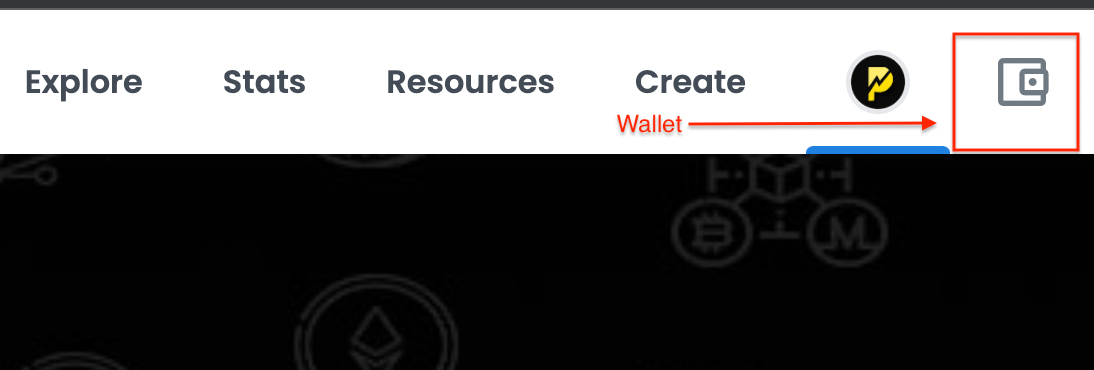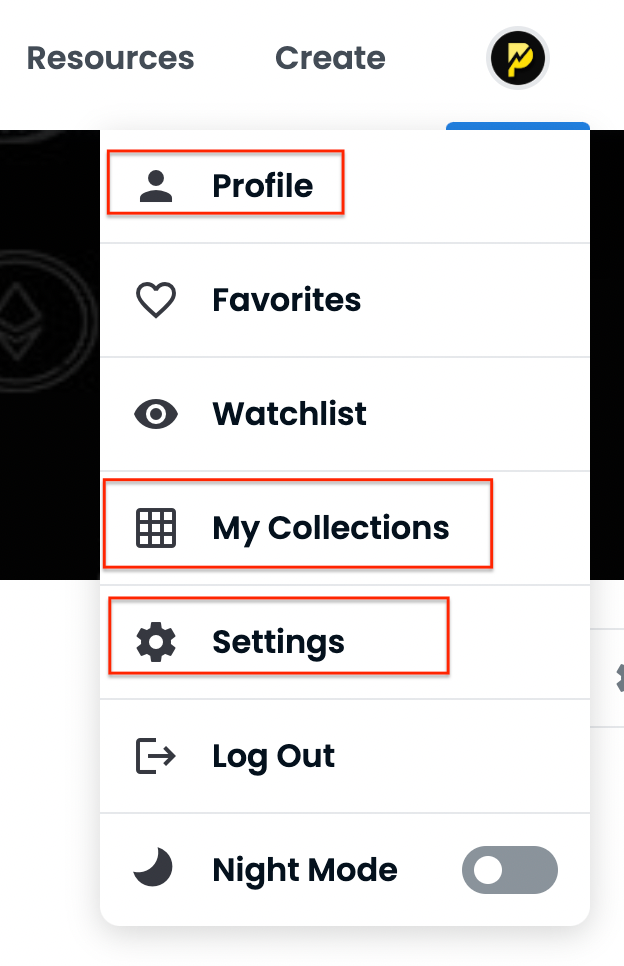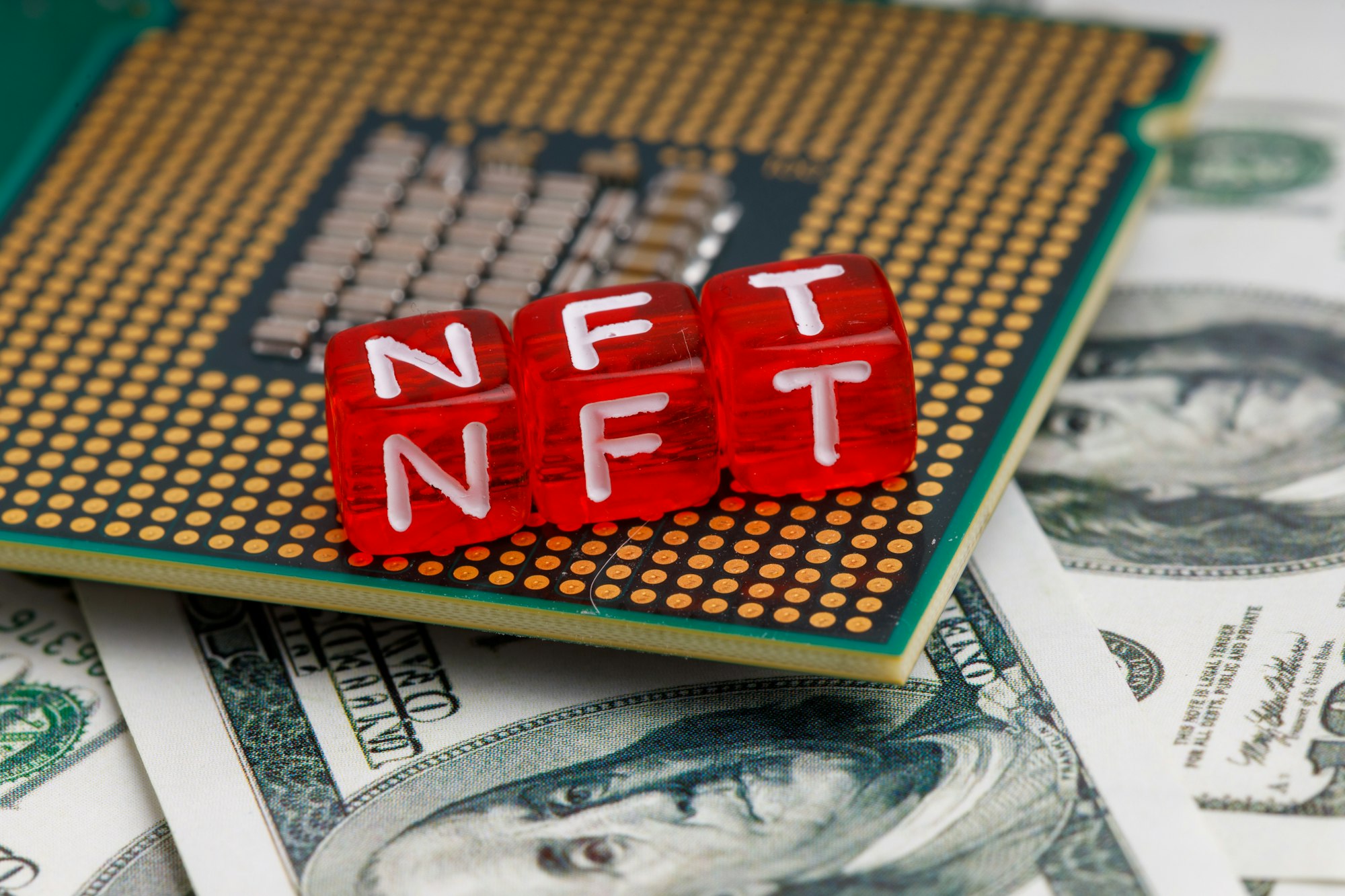Trading in digital goods and currencies is the new future trend, which is taking us towards a completely digital economy. These cryptocurrencies are, what we are looking forward to, in terms of digital money, and NFTs or Non-fungible Tokens are digital goods, just like any other physical good that can be traded, gifted, or sold, but in a digital marketplace. The biggest difference between a casual physical good and an NFT is the security and the programmability through which it is secured.
OpenSea is the pioneer for a seamless marketplace for NFTs. A core part of their vision is to open protocols like Ethereum and interoperable standards like ERC-721 and ERC-1155 that will enable vibrant new economies. OpenSea is building tools that allow consumers to trade their digital items freely, creators to launch new digital works, and developers to grow or build rich and integrated marketplaces for their digital items.
Devin Finzer and Alex Atallah are the founders of OpenSea. They were triggered by the popularity of CryptoKitties in December 2017. CryptoKitties was one of the first attempts to deploy blockchain technology for recreation and leisure. It is a blockchain game on Ethereum, that allows users to purchase, sell and breed virtual cats that are unique with different combinations of features. Devin and Alex joined the Discord community of early adopters, and beta launched the platform of OpenSea in December 2017. This is how the first open marketplace for NFTs was born.
Let's have a dive into the process of how this platform works.
The most initial requirement is a wallet. In the world of web 3.0, a wallet is where we can store all our digital money. It also has the potential to handle our identity, credentials, and more. Most importantly it allows us to broadcast our transactions into the blockchain. OpenSea provides us with a system for peer-to-peer transactions. Since OpenSea is used to interact directly with others on the blockchain, we will need a wallet to help turn our actions in the browser into transactions on the blockchain.
Once the wallet has been set up, we can connect it to OpenSea by clicking the wallet icon in the top right corner of the official OpenSea website. It also mentions the wallets that it supports.

Then, we click on the 'My Collections' and set up our collection of NFTs. Add social links, a description, profile & banner images, and set a secondary sales fee.

Uploading our work (image, video, audio, or 3D art), adding a title and description, and customising our NFTs with properties, stats, and unlock-able content is the next very important step.
The last and final step is to choose between auctions, fixed-price listings, and declining-price listings. We can choose how we want to sell our NFTs and OpenSea guides us through the process.
Selling on OpenSea is a pretty straightforward and an easy process. You can buy and sell without fear, relying on technology instead of reputation to ensure that things turn out right. Each user must have an account set up before making his or her first listing. The first transaction creates your proxy account, which is a smart contract that only you can use. It allows you to interact with the Wyvern Protocol. This is an audited, battle-tested, and secure suite of smart contracts that enables its users to swap state changes on the Ethereum network.
The second setup transaction authorises your proxy account to move a given type of NFT on your behalf, so when the NFT sells, it can be transferred to the buyer instantly.
After completing these initial steps, you’ll only need to sign a message with your wallet to create a new listing. And you are done.
You can also explore the OpenSea marketplace and the collections here.



Subscribe to Plezna
Crypto knowledge delivered, right to your inbox